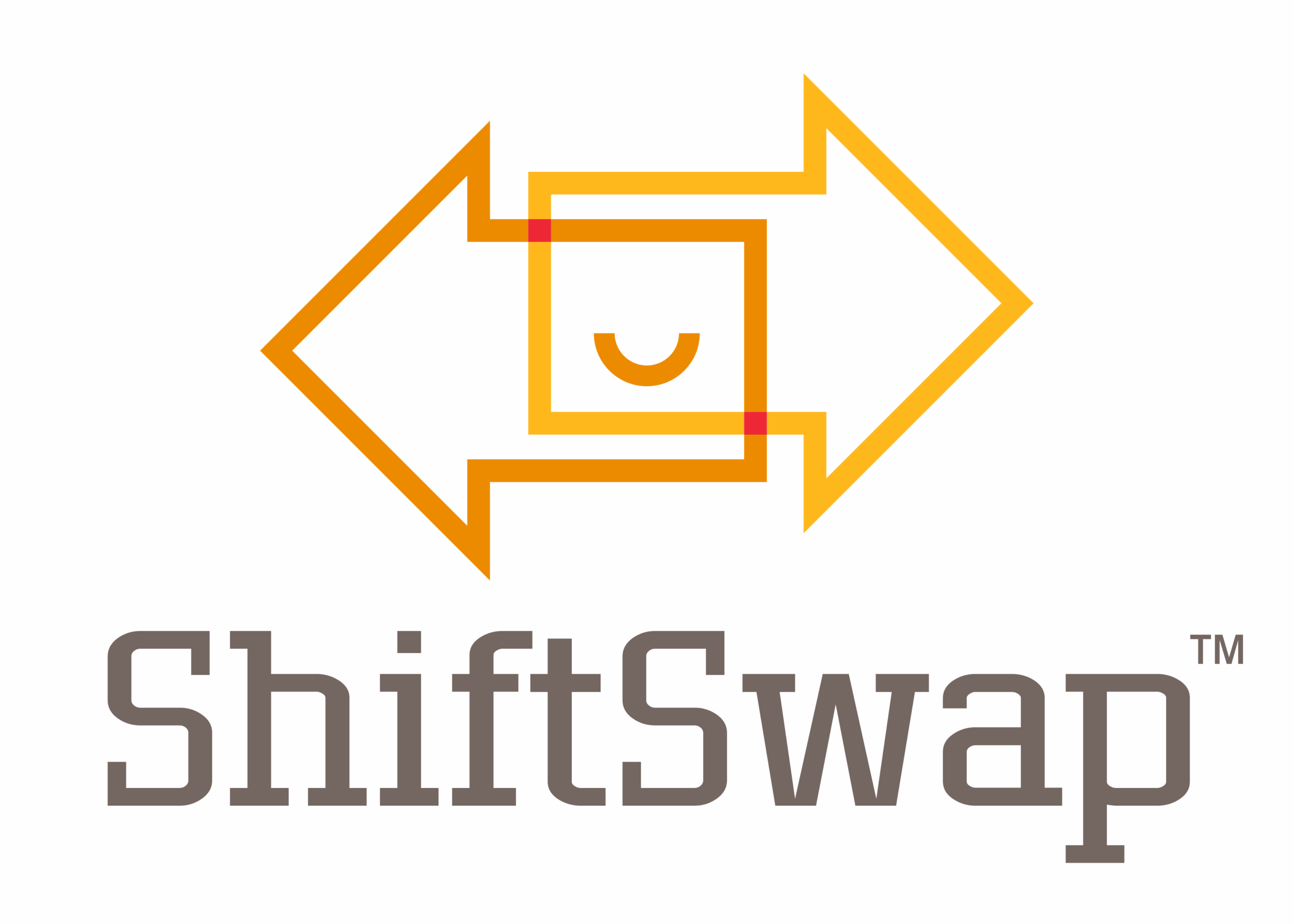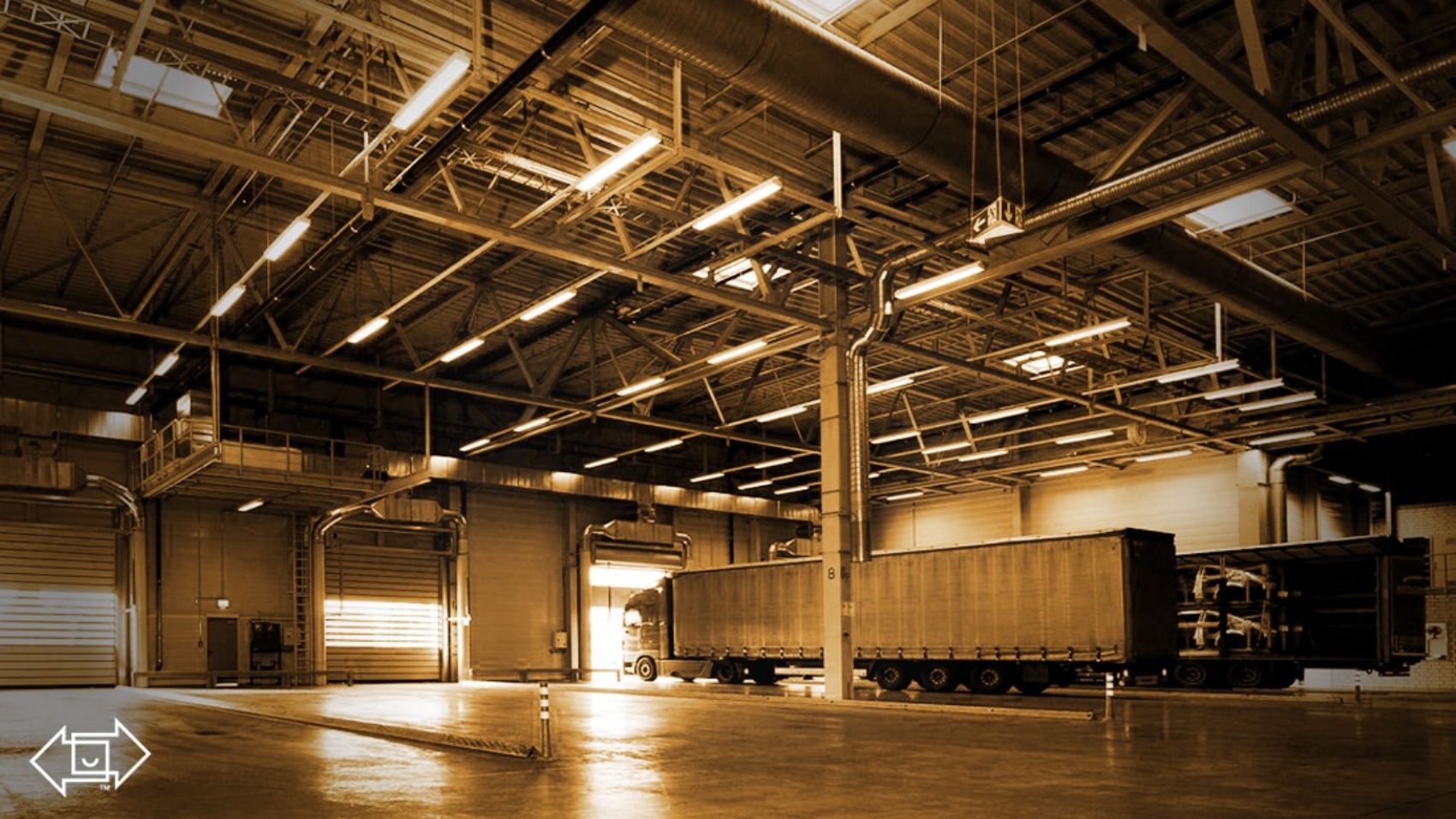Strategies for Navigating Tariffs and Automation
Global manufacturing is currently experiencing a wave of significant change. The combined impact of geopolitical tensions and rapid technological progress is shaking up the traditional rules that have long guided manufacturing strategies. In the past, companies primarily focused on cost efficiencies, logistics, and trade policies when deciding where to set up their operations. However, with tariffs on the rise and automation becoming increasingly prevalent, those rules are being rewritten.
A recent survey by the BCG Henderson Institute reveals that geopolitical risks have become one of the top five concerns for manufacturing leaders. At the same time, advancements in AI and robotics are revolutionizing factory operations, with 62% of manufacturers implementing various AI applications. While these innovations hold great promise, they also introduce layers of complexity to decision-making as companies strive to find the right balance between efficiency, resilience, and adaptability in a rapidly changing global landscape.
As explored in Harvard Business Review’s article “Tariffs, Technology, and the New Geography of Manufacturing” by Daniel Kuepper, Nikolaus Lang, and Jan Nordemann, manufacturers face a dynamic environment requiring innovative approaches. Companies must shift away from static models and adopt new approaches that account for both geopolitical uncertainty and technological potential.
Tariffs: A Moving Target for Costs
Tariffs have emerged as a volatile and critical factor in manufacturing decisions, capable of wiping out the cost advantages that once made offshoring appealing. No longer a stable input, tariffs can change overnight, leaving companies scrambling to adapt.
To tackle this challenge, manufacturers are turning to what’s called the tariff tipping point, which helps identify the moment when relocating production becomes more financially viable than continuing to import goods and pay tariffs. A variety of factors influence this tipping point:
- Cost Structures: The tipping point for tariffs depends on how much production costs are tied to local disadvantages like higher wages. Industries like battery cell production, can make a case for localizing operations even with tariffs as low as 10-15%. On the other hand, more labor-intensive sectors, such as the hospitality industry, require significantly higher tariffs to offset the differences in labor costs.
- Country Pairs: The relative cost differences between countries impact the practicality of relocation. For instance, moving production from South Korea to Hungary is feasible at lower tariffs compared to shifting it to Germany, which has higher labor and energy costs.
- Pricing Power: Companies that can raise prices without losing customers are less affected by tariffs. For instance, those in the medical equipment sector can often absorb tariff costs by increasing prices. However, industries dealing with interchangeable products, such as furniture, can see their profit margins take a hit even with low tariffs.
Scenario modeling with different tariff levels is a great way to see if localizing production is still a smart move under various policy changes. It works best with collaboration between the operations, strategy, legal, and government affairs teams to anticipate these shifts and ensure the plans are resilient.
This approach helps identify which product and location combinations can handle external disruptions and which rely on risky, short-term conditions. Grasping these elements is important for manufacturers seeking to establish flexible and resilient supply chains that can effectively manage disruptions resulting from tariffs.
The Role of Automation in Offsetting Costs
Automation is becoming a competitive edge in the manufacturing world. As businesses consider the costs of localizing, cutting-edge technologies such as AI, robotics, and automated workflows are helping to mitigate the financial burdens associated with reshoring to countries with higher costs.
Companies need to evaluate how relocation affects their costs. Lower shipping expenses can help balance out some of the other costs, and those “factories of the future” can make an even bigger difference. These state-of-the-art facilities utilize smart layouts, AI-driven processes, and automation to cut down on labor costs, which makes local production much more competitive. While the perks of automation are felt worldwide, they’re especially beneficial in countries where labor costs are on the higher side.
Automation has varying impacts depending on the industry. For example:
- Smartphone Assembly: While automation can help with tasks like inspection, the final assembly still relies heavily on human labor, making reshoring less viable.
- Battery Cell Production: Automation and public incentives narrow the cost gap for localization, especially for low-labor-intensive processes.
- Logistics and Supply Chain: Automated sorting systems and AI-driven inventory management boost operational efficiency and help cut costs.
- Bicycle Frame Manufacturing: Automation in welding and injection molding has made reshoring highly competitive, with cost penalties nearly eliminated in some cases.
By cutting down on reliance on human labor, automation allows manufacturers to remain competitive in markets where labor costs were previously a significant hurdle. Still, how well it works depends on the industry and the specific processes involved.
External Considerations in Manufacturing Decisions
While cost and automation often take center stage in discussions about manufacturing strategy, there are other external factors that also deserve attention. Qualitative aspects can frequently sway the decision on whether to keep production local.
- Access to Skilled Labor: In fields like smartphone manufacturing, a shortage of qualified workers in high-cost countries can create significant hurdles.
- Regulatory and Political Stability: Companies must assess market stability to avoid disruptions that can arise from sudden policy shifts.
- Brand Equity and Consumer Preferences: Localization can boost brand value, especially for products marketed as “Made in America,” which often commands a premium in domestic markets.
By blending quantitative analysis with these qualitative factors, manufacturers can make more informed decisions that align with their long-term objectives.
A Playbook for Current Manufacturing
With the complexities of tariffs, automation, and geopolitical risks, manufacturers must have a well-rounded strategy to stay ahead. A current playbook should cover the following:
- Tariff Analysis: Evaluate how current and potential tariffs could impact profit margins across different locations.
- Automation Assessments: Determine how AI and robotics can offset the costs of localization, particularly in high-cost areas.
- Scenario Planning: Utilize flexible models to prepare for a range of potential outcomes, including rising tariffs and new trade agreements.
- Strategic Evaluation of External Factors: Integrate qualitative elements, such as labor availability and market stability, into the decision-making process.
Static rules no longer govern the global manufacturing landscape. Tariffs, automation, and geopolitical shifts demand dynamic decision-making that blends quantitative models with strategic judgment. Leaders who adapt quickly to these changes will position their organizations to thrive in this new era.
For more insights into how companies can navigate these challenges, stay updated with ShiftSwap™’s blog.
Adapt to the Future of Manufacturing
Learn how ShiftSwap™ aids in dynamic decision-making with advanced tools to help you navigate geopolitical challenges and optimize your operations.

